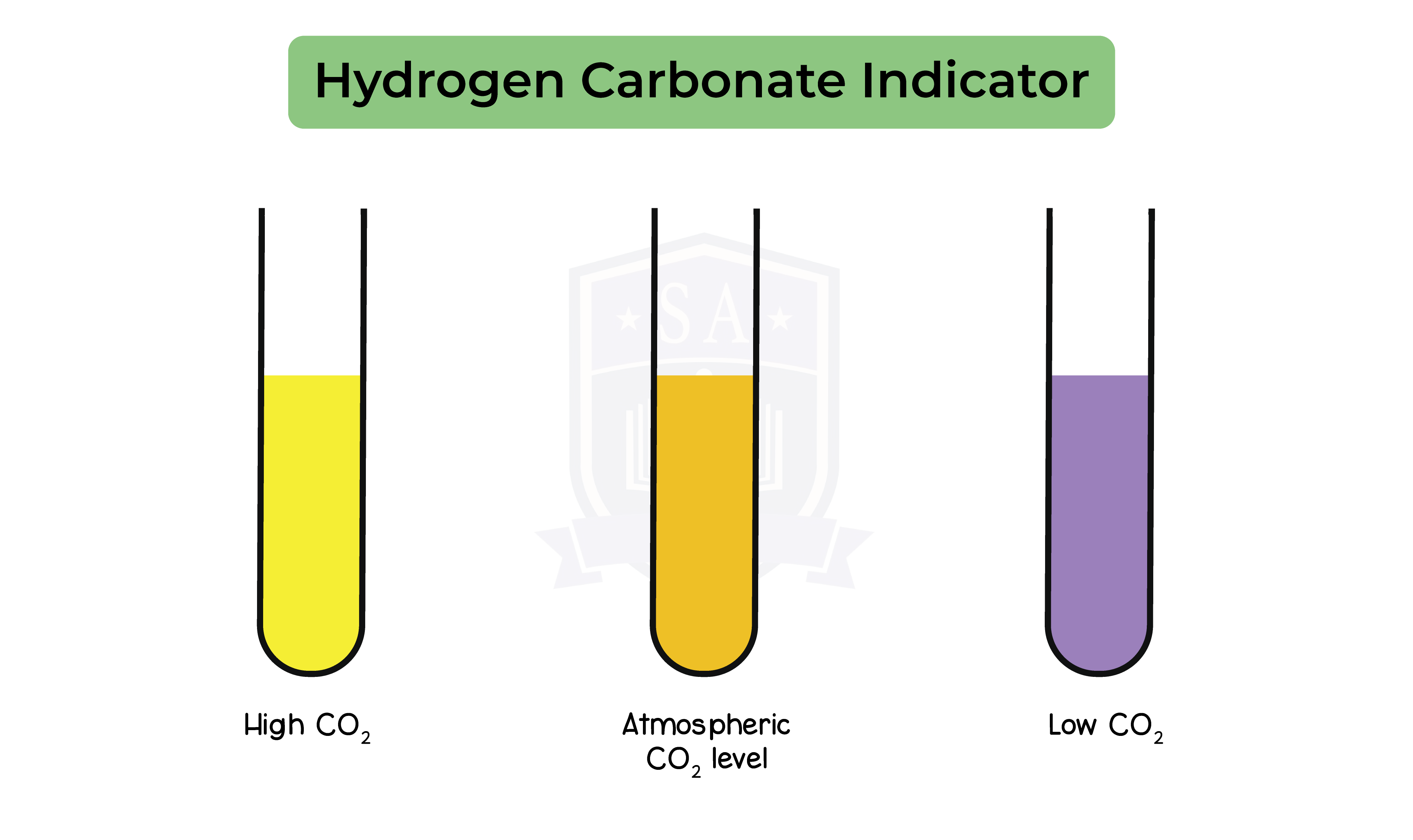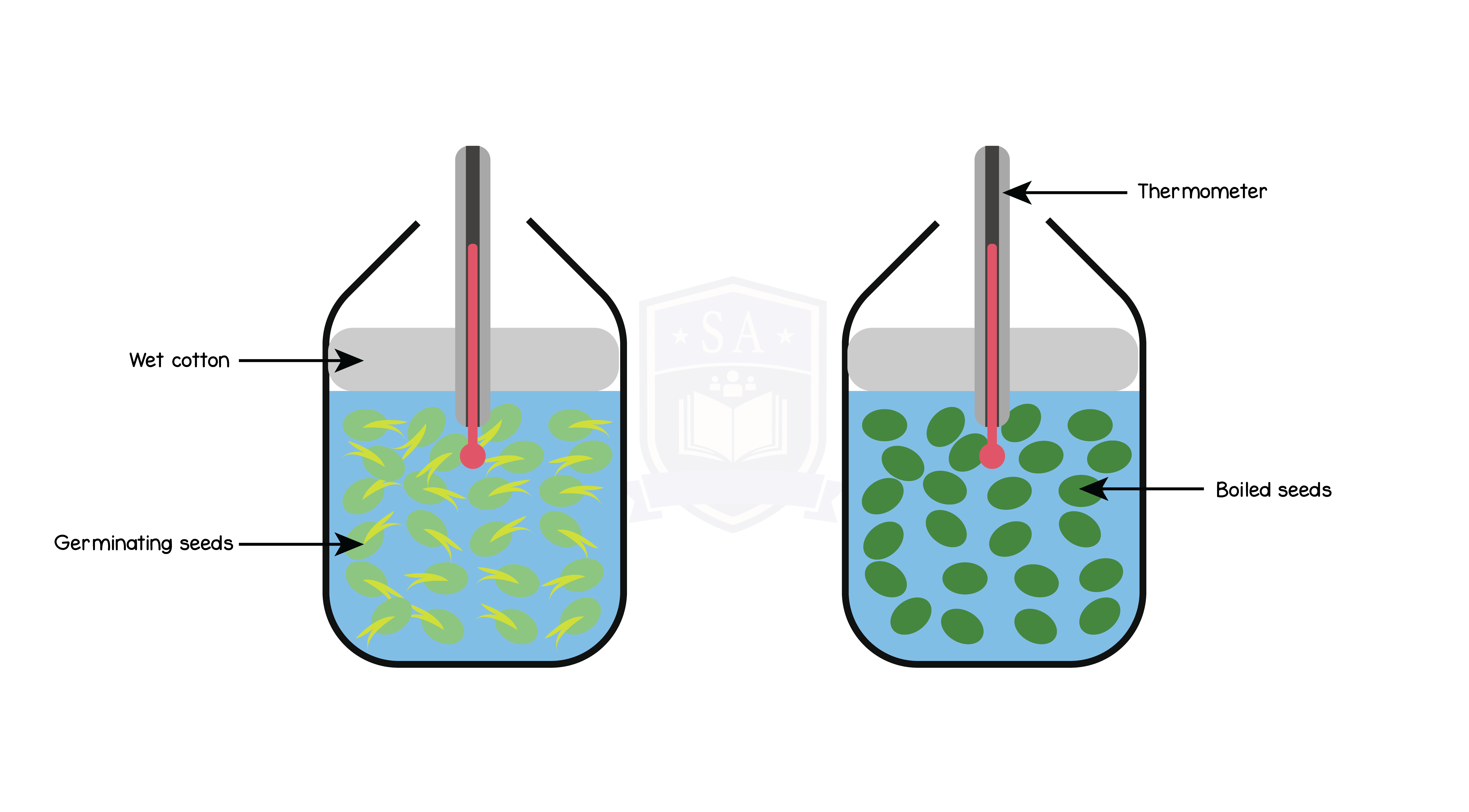REVISION NOTES
IGCSE Edexcel Biology
2.7 Respiration
2.7.1 Understand how the process of respiration produces ATP in living organisms
Respiration:
- Exothermic reaction
- Continuously occurs in living cells
- Glucose and oxygen is produced
Energy is released from glucose in the form of ATP (adenosine triphosphate)
2.7.2 Identify the sources and describe the functions of carbohydrate, protein, lipid (fats and oils), vitamins A, C and D, the mineral ions calcium and iron, water and dietary fibre as components of the diet
ATP provides energy for the cells:
- Immediate source of energy
- A high energy molecule
ATP is used for:
- Chemical reactions
- Grow and repair cells
- Muscle contraction for:
- Movement
- Digestion
- Breathing
- Regulating body temperature
- Build large molecules from smaller molecules
2.7.3 Describe the differences between aerobic and anaerobic respiration
Aerobic respiration:
- Requires oxygen
- Completely breaks down glucose
- Large amounts of energy can be released
- Products are CO2 and H2O
Anaerobic respiration:
- Does not require oxygen
- Incomplete breakdown of glucose
- Relatively smaller amounts of energy released
- Products in animals: Lactic acid
- Products in plants and yeast: Ethanol and CO2
2.7.4 Describe the structure and function of the human alimentary canal, including the mouth, oesophagus, stomach, small intestine (duodenum and ileum), large intestine (colon and rectum) and pancreas

2.7.5 Understand how food is moved through the gut by peristalsis
Anaerobic respiration in animals:
- Glucose is broken down into lactic acid
- Exercising at high intensities:
- Demand for energy and oxygen in our muscles increases
- Oxygen levels drop:
- Glucose is broken down without oxygen
- Production of lactic acid
- Incomplete breakdown of glucose:
- Energy stored in the bonds of lactic acid molecules
- Only a small amount of energy is released
- Oxygen debt is the amount of energy required to break down lactic acid build up
Anaerobic respiration in plants:
- Glucose broken down into:
- Ethanol
- Carbon dioxide
- Some plants and yeast can respire without oxygen
- Anaerobic respiration in yeast is called fermentation


2.7.6 Practical: investigate the evolution of carbon dioxide and heat from respiring seeds or other suitable living organisms
Production of carbon dioxide practical:
- Add 5cm3 of hydrogencarbonate indicator into 3 boiling tubes
- Add a layer of cotton to the boiling tubes
- Add 5 germinating seeds to test tube A
- Add 5 boiled/dead seeds to test tube B
- Leave test tube C empty
- Seal each tube using a rubber bung
- Observe the colour of the indicator after 2 hours
- Tube A should turn yellow:
- Presence of carbon dioxide produced by the respiring seed
- Tube B should stay orange:
- Dead seeds do not respire
- Do not produce carbon dioxide
- Tube C should stay orange:
- No living cells that can respire
- Tube A should turn yellow:
- Set up two flasks, one with dead seeds and one with germinating seeds
- Add cotton wool to seal the neck of each flask
- Use a thermometer to measure the initial temperature of the seeds in each flast
- Measure temperature again after 5 days
- Flask A with the germinating seed:
- Increase in temperature due
- Heat produced during respiration
- Flask B:
- Stay at room temperature
- Seeds are not respiring thus not producing heat
- Flask A with the germinating seed:




